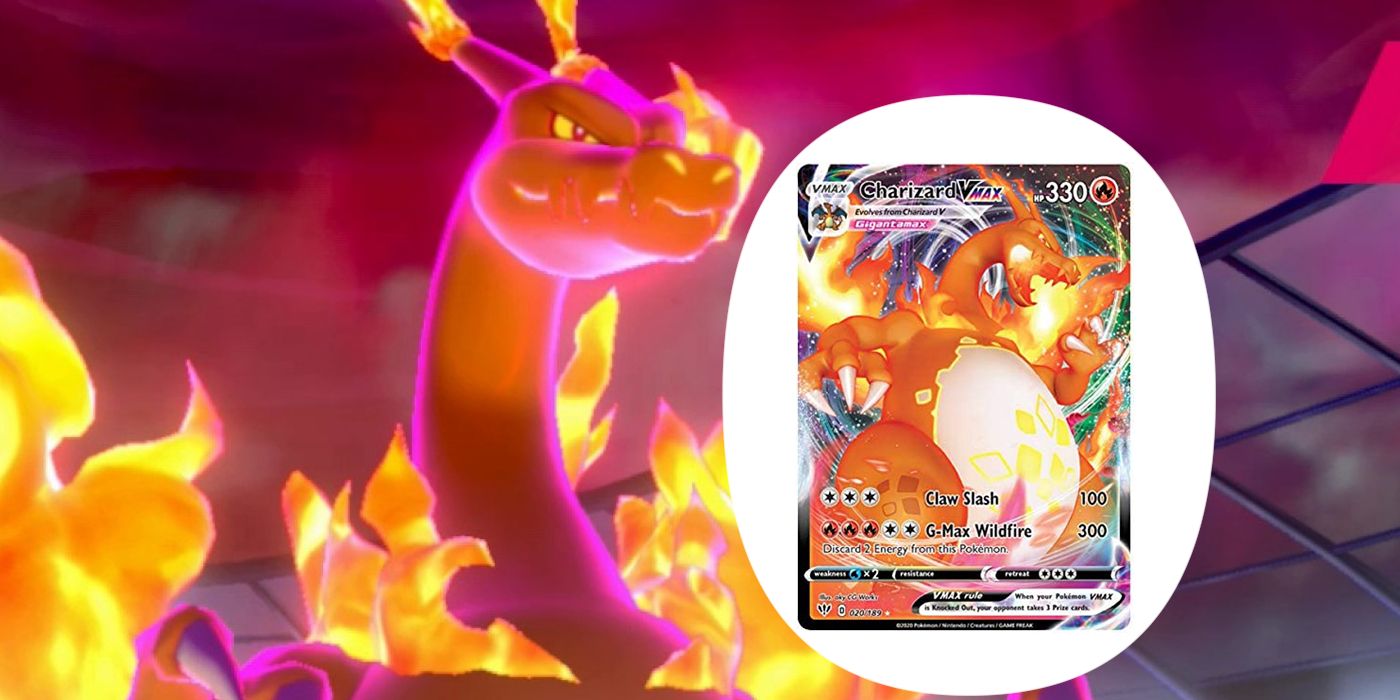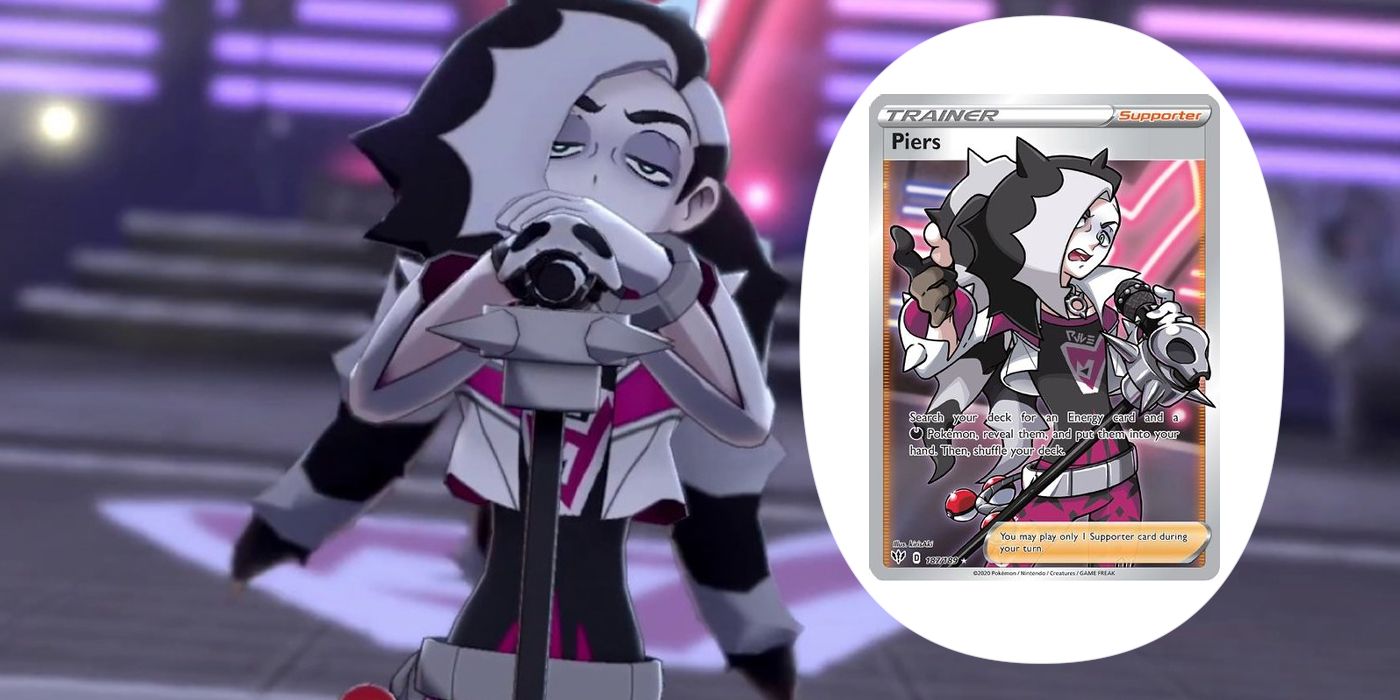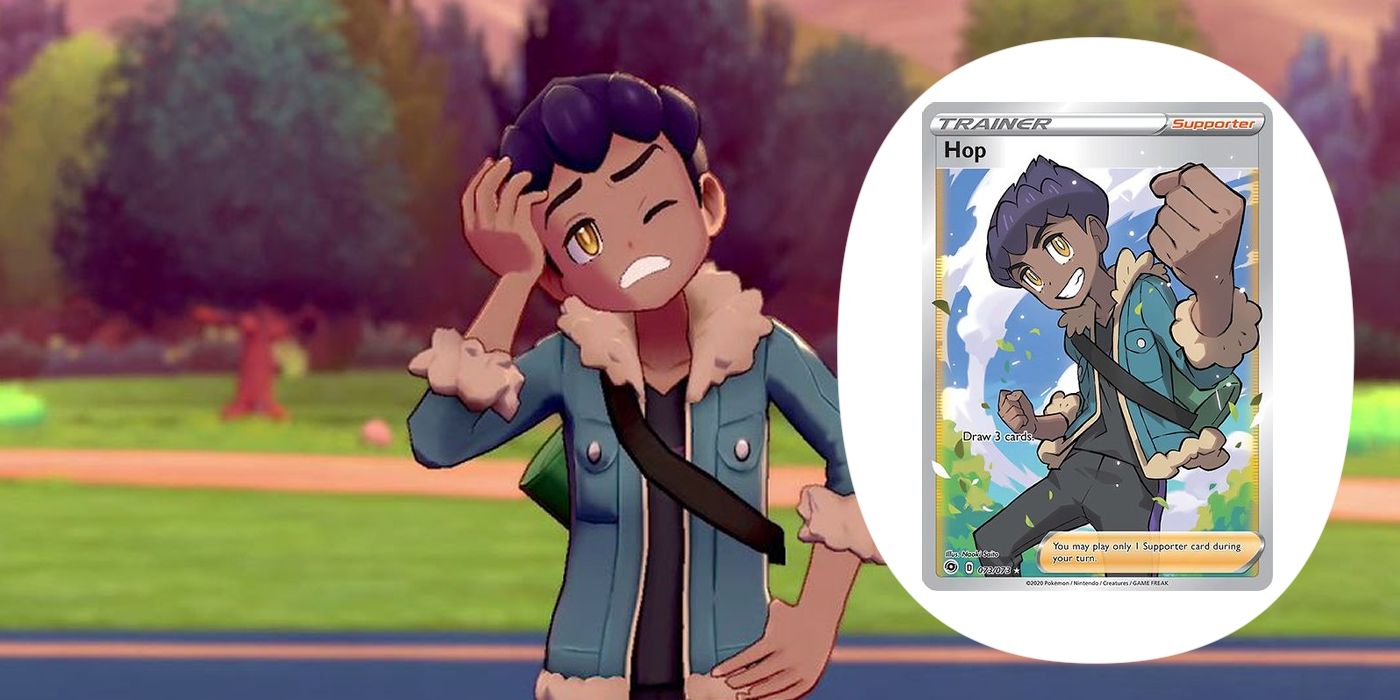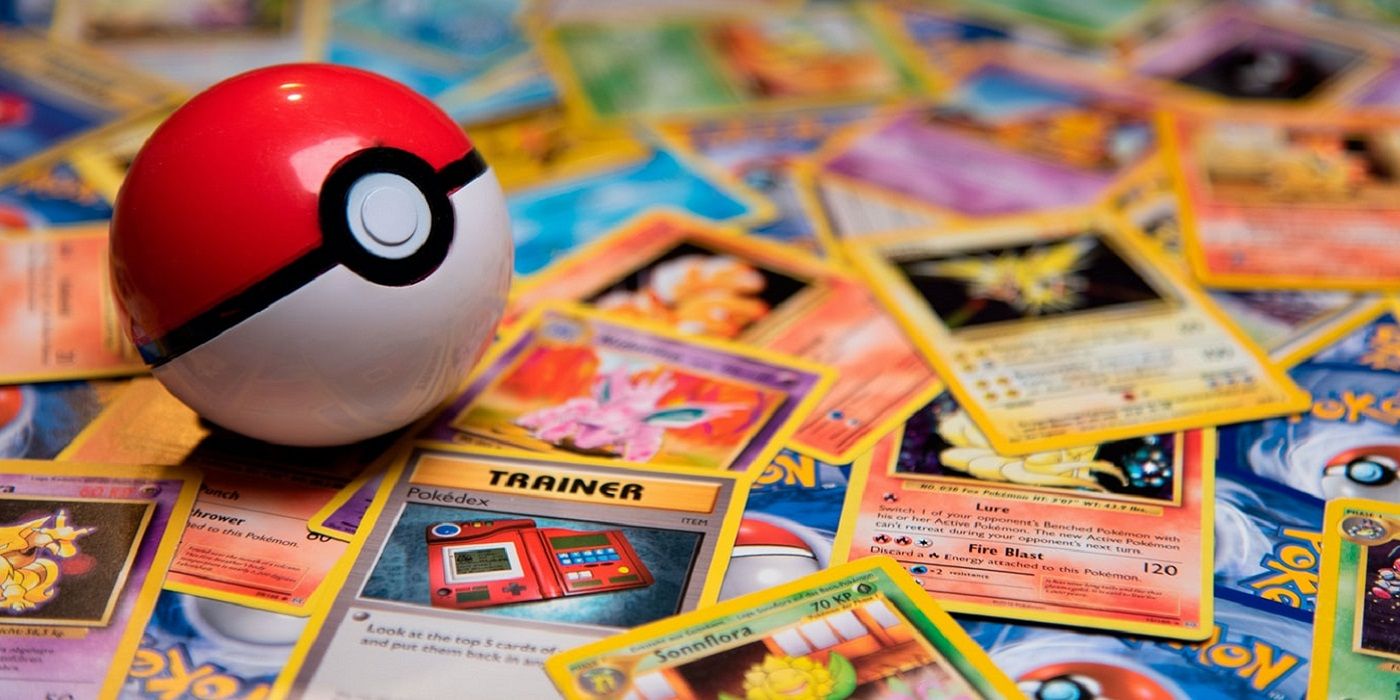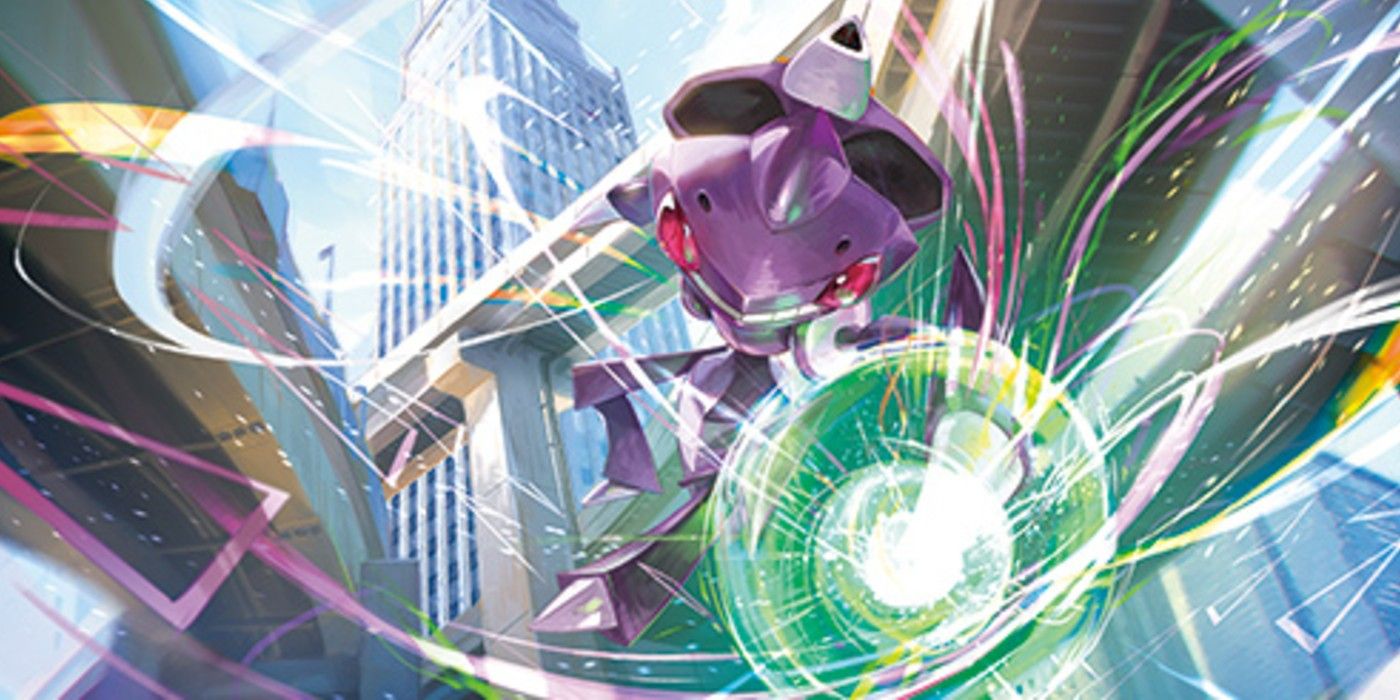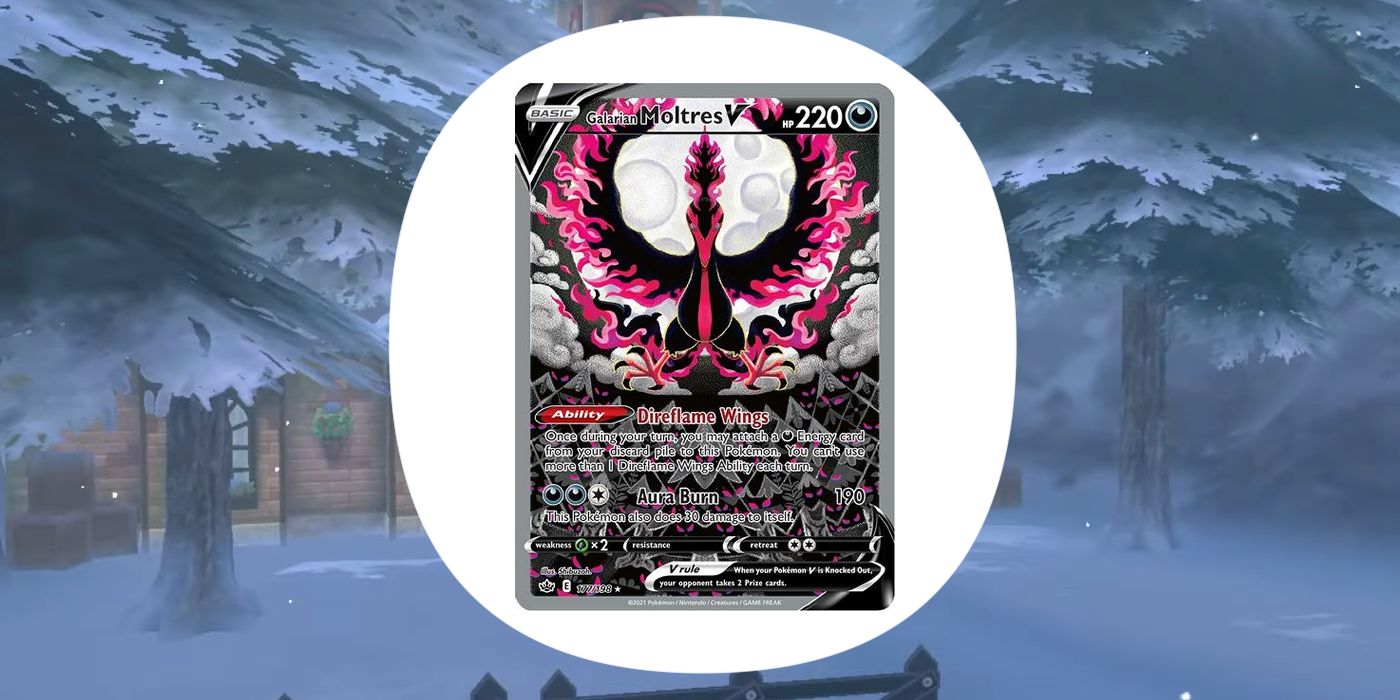One of the most rewarding aspects of playing the Pokémon Trading Card Game is building unique decks, especially around a personal favorite card. The Pokémon TCG is well known for producing decades of highly collectible cards. But the game is just as prolific, with countless players both casual and competitive. The official World Championships for Pokémon TCG even predates the video game championship competition by five years.
Using a deck of exactly 60 cards, Pokémon TCG players utilize a combination of Pokémon, Trainer, and Energy cards to defeat their opponent. Each time a player deals enough damage to knock out an opponent’s Pokémon, they take at least one Prize Card based on the kind of Pokémon it was. The first player to take all six of their Prize Cards wins the game, similar to how a Trainer wins by defeating an opponent’s team of six Pokémon in the video game.
Every Pokémon fan has their own favorite cards, and with over 90 regular and special expansions in the TCG (and more on the way), there are countless possibilities for deckbuilding no matter what that card may be. Although many cards aren’t highly competitive, and therefore won’t win consistently against the best decks, it’s still possible to build a deck that is both fun to play and runs consistently. Players will find that building a deck around their favorite card is an enjoyable exercise in creativity and strategy, and the techniques can even be applied to deckbuilding for competitive-level decks with the strongest cards. Whether they want to win at the official tournament level or just want to build decks to play against friends, the following steps will help players looking to build a deck of their own around a favorite card.
Choose A Pokémon TCG Format To Start Building Around Your Favorite Card
A trading card game “format” is essentially an extra set of rules that determine which cards players are allowed to use. There are two official formats in Pokémon TCG: Standard and Expanded. The Standard format is the most common for official tournaments and is the format used at the yearly Pokémon World Championships event. It uses cards only from the most recent Pokémon TCG sets, and older cards “rotate” out of legality every year in August. The official Pokémon website’s TCG section details exactly what cards are legal to use in Standard.
Expanded format features in some major official tournaments, but is far less common than Standard. In Expanded, all cards from the 2011 Black & White set onwards are allowed for use, except those on the official banned card list. A banned card list also exists for Standard, but it’s currently empty. Although cards have been banned from Standard in the past, it’s usually a rare occurrence.
The Standard format is generally considered easier to start in for a few reasons: first, these Pokémon TCG cards are newer, making them easier to get than some of the classic cards. It’s also the most popular format, meaning there are a lot more opportunities to practice playing. But its popularity also means that Standard is the most competitive format; players will be more likely to battle against highly competitive decks that are difficult to play around. On the other hand, the Expanded format’s wide pool of available cards means more strategies are possible. But it isn’t played as often as Standard, and the number of cards may be intimidating to navigate for newer players.
Another big factor for players to consider when picking a format is not only what cards they can use but who they will be playing against. If the players are a group of friends who only have classic cards, such as from the Base Set, they can make decks with what they have. Some local game stores may occasionally host special thematic tournaments, like a pink-Pokémon-only tournament for Valentine’s Day, which would be its own kind of format. The most important thing is for the player to know what their limitations are and why, whether that be because they want to follow an official format and participate in tournaments, or because they’re playing with more casual TCG rules with friends. This will factor into the way they play and the way they try to win.
Decide On A Win Condition For The Pokémon TCG Deck Before Building It
A “win condition” is the result that must be met to win the game. When playing the Pokémon TCG, the most common way to win is to take all six Prize Cards. However, there are other, more obscure ways to win, such as the opponent running out of cards in their deck. For some players, however, their win condition may be less about winning the game and more about reaching a goal. If the player is only playing very casual games with their friends, for example, they may try to set up specific combos for fun rather than actively seeking out Prize Cards.
The win condition the player decides on will determine how they build their deck. Whether it’s the tried and true “take all your Prize Cards” method or something less conventional, the player will need to find cards that synergize with their favorite card to help them reach that goal. An efficient way to start is by gathering powerful Pokémon cards that are commonly used in the format alongside helpful Trainer cards that allow players to go through their decks during a game. In the current Standard format, cards like Professor’s Research and Quick Ball are used in every deck because they help draw or search for cards no matter what the deck’s win condition is.
From here, though, players should seek Pokémon cards that more specifically assist their win condition. For example, a player may be building a deck for the 2019-2020 Standard rotation whose favorite card is Ultra Prism’s Pachirisu. Their win condition will likely be to overwhelm the opponent with attacks that take advantage of all the Energy Pachirisu’s “Snuggly Generator” attack will put on their field. A card like Team Up’s Emolga won’t be very helpful in other decks, but in this Pachirisu deck, its “Nuzzly Gathering” Ability will help the player get lots of useful Pokémon into their hand. And Cosmic Eclipse’s Raichu cannot only be searched by Emolga, but its “Powerful Spark” attack synergizes with Pachirisu’s “Snuggly Generator,” aligning with the player’s win condition.
It’s important to only add specific Pokémon cards to a deck if they help the deck’s win condition, though, and not just because they look like they might. In the previous example, the deck is already filled out with a lot of “Pika-clones,” so it may be tempting to add in a Morpeko or Morpeko V from the Pokémon Sword & Shield set. But these cards can’t be searched by Emolga because they don't have "Nuzzle" and their attacks don't synergize with an Energy-filled field. Instead, a card like Boltund V from Rebel Clash would be more fitting: it’s not a “Pika-clone,” but its “Bolt Storm” attack is similar to Raichu’s “Powerful Spark,” and thus has more synergy with the deck’s win condition.
Playtest The Pokémon TCG Deck Around Your Favorite Card Beforehand
Once this Pokémon TCG deck has been built, it’s time to play, and play a lot. Not only will this make the deck’s strengths and weaknesses clear, but it will also give the player practical experience. While playing, it’s critical to take note of what works and what doesn’t so improvements can be made. If a Pokémon TCG card ends up not working with the rest of the deck, it should be removed entirely to make room for a different, more effective card. This is why playtesting the deck beforehand is so important.
It’s also vital to keep note of the Pokémon cards that do work, but not as often as anticipated. Players who find themselves drawing a card too often, especially when the card isn’t helpful, should reduce the number of them in their deck. On the other hand, if a helpful card isn’t appearing often enough, more copies should be added (as long as the dictated rules allow for it). The more often the player wants to draw the card themselves, the closer that card should be to the maximum of four copies. A card that’s only helpful in very rare circumstances, but can be searched for when needed, can typically be reduced to two or even only one copy.
In the Pachirisu and Pikachu clone deck example above, players won’t want three or four copies of Boltund V because they won’t want to draw into it too often or early on. Instead, they’ll want to save it for a late-game finisher after the board is already filled with Energy. In this case, it’s better to have only one copy of Boltund V and a few copies of Rosa from Cosmic Eclipse to help search for Boltund V when the time is right. Additionally, if Boltund V wouldn’t come in handy in the moment, Rosa can search for other cards instead.
Pokémon: What Happened When Ash Turned Into Pikachu (& How)
After the deck has been fine-tuned through playtesting, it’s time to play again. The more a deck is playtested, the better it will get, so through trial and error, it will eventually get to where a player wants it to be. It's also important not to get discouraged when playtesting. No deck will be perfect the first time around, and the entire purpose of building a deck is to play Pokémon TCG and have fun. It’s always to the player’s benefit to keep looking for opportunities to improve their deck.
Staying Updated On New Pokémon TCG Sets Will Help With Deck Builds
If the deck’s format allows for it, it’s beneficial to keep up to date with the latest Pokémon TCG expansions and sets. New card sets may introduce new staple cards - the ones that fit in any deck - and they may even contain cards that help specific win conditions. Although it may not always seem that way at first glance, some cards may end up surprisingly effective in certain decks, especially depending on a player's favorite cards.
A noteworthy example of this comes from decks built around the Unbroken Bonds Espurr card; when played together with the Unbroken Bonds Persian, Espurr can deal massive damage to opponents’ benched Pokémon without needing any Energy as long as they’re already damaged. But the deck lost access to a lot of important tools in the 2020-2021 rotation, including Spell Tag, Giratina, and Ditto Prism Star from Lost Thunder. Just before the 2021-2022 rotation, however, which would move Espurr and Persian into Expanded, Chilling Reign cards were released. Chilling Reign includes an Inteleon with an Ability that puts two damage counters on any single opposing Pokémon, which turned out to be a great replacement for Spell Tag in the Espurr deck. It was unexpected for an Inteleon card to have synergy with a deck full of cats, but by keeping up with the latest releases, Standard players were able to give their Espurr deck extra consistency before rotation.
Have Fun With Pokémon TCG When Building A Deck Around Your Favorite Card
Although “have fun” may seem like a clichéd and sappy tip, it’s crucial to success when building a deck around a favorite card. The Pokémon TCG is supposed to be fun, so if something about the process isn’t enjoyable, it’s important to consider what’s causing the issue. This can usually be figured out during playtesting, but it may occur at any point in the deck-building process.
Some players may discover during the deck creation process that they would rather play competitively and build Pokémon TCG decks with the best chance at winning tournaments, in which case they should keep their favorite card safe in their collection and use these tips to build a deck around a more competitively viable card. Other players may find their win condition favors a play style they’re not fond of and will probably want to reconsider their strategy. Whatever the reason, having fun is the unspoken win condition for all players, and their deck should reflect that.

